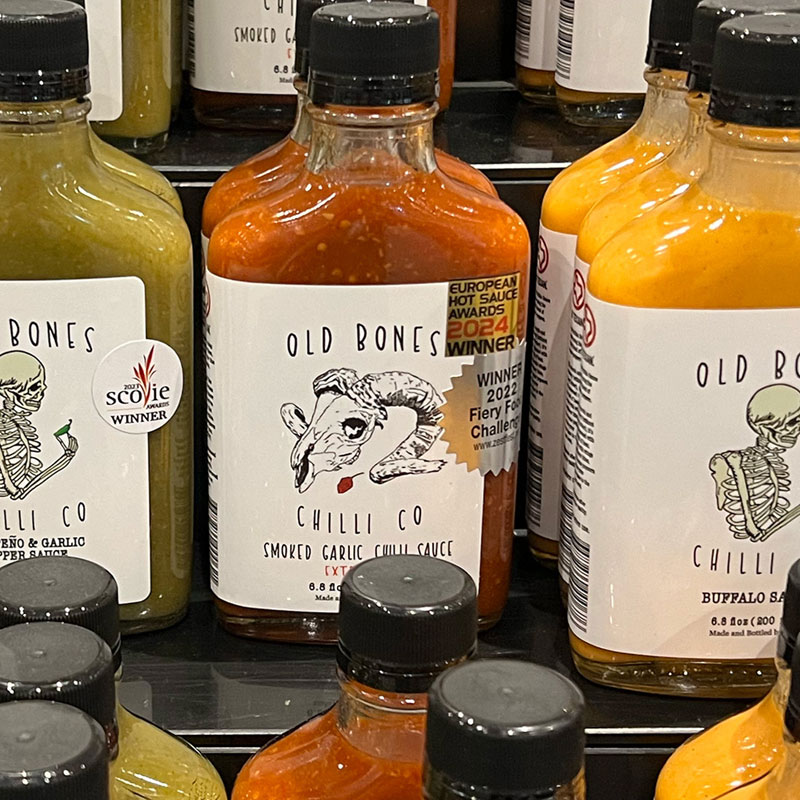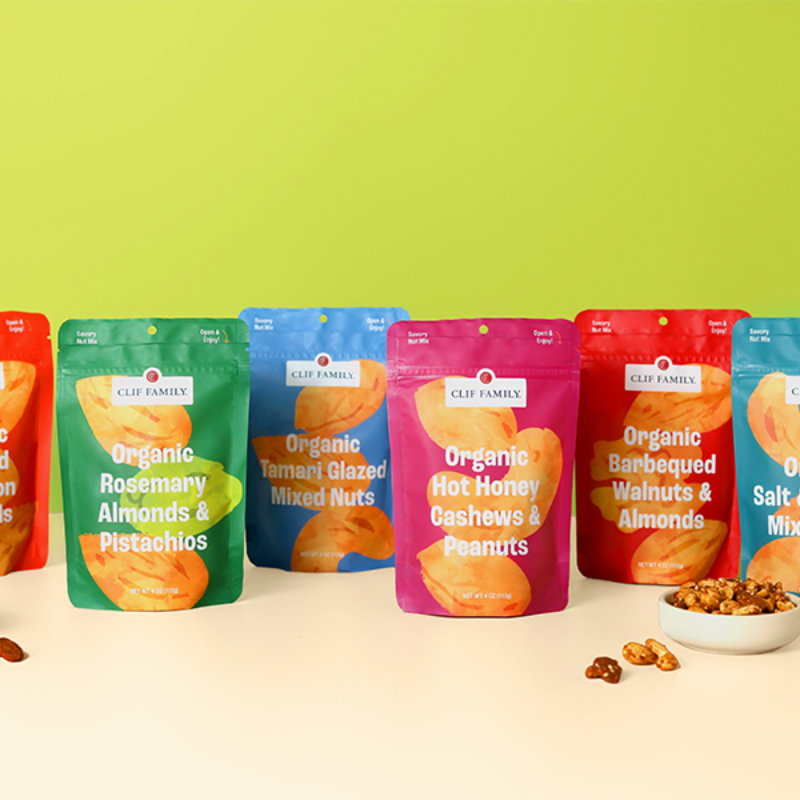Top 6 Pitfalls of Naming

A great brand name can seem preordained. We imagine that eureka moment when the perfect name appears in a dream or comes to us over our morning coffee.
While it’s true some names are born that way, the majority—including many of the greats—arrive into the world through a more mundane process. And that process can be a smooth ride or a twisting, dramatic journey. At Noise 13 we’re often called in to pick up the pieces when a naming project goes awry. We’ve identified the top six pitfalls, as well as tips for how you can avoid them.
01- Skipping the brief
It’s tempting to jump right into brainstorming ideas and furiously looking up domain names. But you’re spinning your wheels if you don’t first create a naming brief. It’s a short, written document that captures the key criteria for the name—who it’s for, what it should mean—and any competitive names, both direct and indirect. The more specific the brief, the better. Refer to it throughout the process to make sure your name does what you want it to.
02 – Not defining the goal
A sexy and fun brand name can be, well, fun, but not so much if it doesn’t serve your goals. For example, if the goal of the name is to convey information and educate, it should be more descriptive. If the goal of the name is to turn heads and differentiate, it should be more suggestive or even abstract. Identify your objectives before you start your creative brainstorming—and don’t forget to write it in the brief!
03 – Trying to say everything
A name can only communicate so much. The best names tell the first part of their brand’s story and allow the visuals, messaging, and product or service to tell the rest. The danger of trying to cram it all into one component results in names that lack punch and are impossible to remember. A couple of epic examples are “Salomon XT Advanced Skin S-Lab 12 Set hydration pack” and “Microsoft Windows Vista Ultimate UPGRADE Limited Numbered Signature Edition.” So make some hard cuts and let your name intrigue.
04 – Holding out for the “perfect” name
We tend to gravitate toward things that are familiar, so we may feel uncomfortable when we take risks. But creative risks can pay off with huge brand recognition. Think about when you first heard the names Google or Airbnb. Did you think they were going to be world-changing companies, or did you think they sounded silly, strange, or surprising? Most names get better with age, and something that today sounds a little weird may turn out to be memorable or even iconic. Give it a chance to grow on people until it becomes part of the vocabulary.
05 – Going too narrow before legal
Let’s say everyone agrees that you’ve found the right name. The domain name is available, and no direct competitors are using any part of it. High fives all around! You send it off to the lawyers for legal vetting and…they unearth a reason to advise against it. It’s back to the drawing board, now with the added pressure of a rapidly-approaching launch.
We see this time and time again, and we’ve even fallen prey to it ourselves. We’ve learned to avoid this particular agony by deciding on a ranked list of 7 to 10 names we can live with. Chances are one of them will get the lawyers’ okay and you can keep moving forward.
06 – Not knowing who needs to be heard—and who makes the final call
Naming is emotionally charged, so don’t underestimate people’s desires to contribute (including busy executives who aren’t normally involved in day-to-day marketing decisions). Make sure you know who needs to be heard and who has veto power. And while it’s important to embrace input from a range of people during the creative process, you also need to select a final decision-maker. Communicate with everyone about who they are and at what point in the process they will make the call. Ideally, this is one person, but if it must be two or more, decide up front how you’ll break a tie.
A chaotic and unfocused naming process can be incredibly stressful. After all, without a name, you can’t design a logo, tease a launch, or expect investors to open their checkbooks. But by avoiding these common pitfalls, you’ll increase your chances of choosing a name that works—and is maybe even great.
Noise13 has been recognized as one of Top 10 San Francisco Product Design agencies by DesignRush





